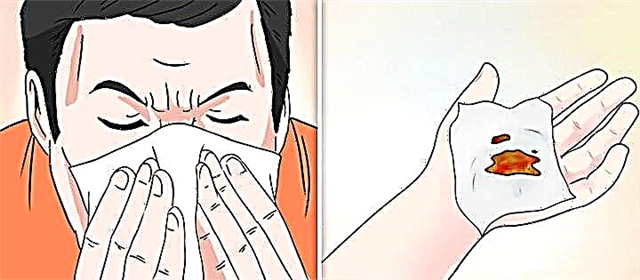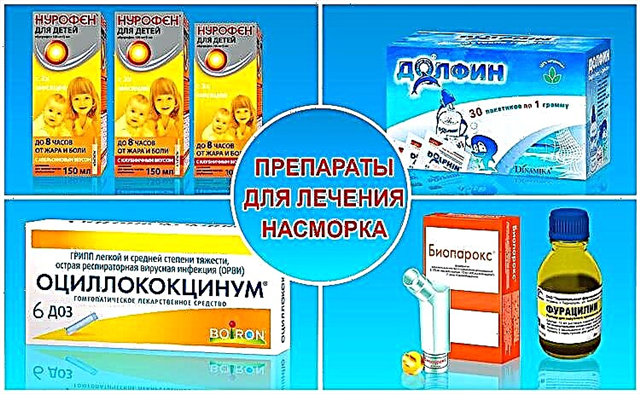Cardiovascular disease ranks first in the ranking of mortality from noncommunicable diseases. The widespread prevalence of cardiovascular diseases among the young population is due to lifestyle, constant stress and alcohol consumption. A feature of this pathology is a high risk of complications, which requires early diagnosis and treatment. Knowing the main symptoms of heart problems will prevent the development of dangerous consequences and improve the quality of life of patients.
The main groups of symptoms of heart disease and their basic features
Ischemic heart disease and arterial hypertension are the most common types of cardiac pathology that occur in both young and old people. The clinical picture of diseases is polymorphic and includes the following signs of a sick heart:
- Pain in the left side of the chest, which can be of different nature (stabbing, pressing), intensity (moderate to unbearable) and duration. For example, pain in myocardial infarction is characterized by high-intensity compression lasting more than 20 minutes and no effect from nitroglycerin.
- Arrhythmias (arrhythmias), patients complain of sensations of interruptions in the work of the heart, short-term stops,
- Shortness of breath (high breathing rate)
- Rapid heartbeat (tachycardia)
In addition, patients have vegetative-vascular disorders: increased sweating, dizziness, weakness, lability of blood pressure, periodic redness and pallor of the skin.
Algorithm of the patient's actions in the presence of heart complaints
The emerging signs of heart problems are a serious reason to see a doctor. Diagnostic tactics are aimed at elucidating the morphological substrate of pathology and determining the severity. A clinical examination by a cardiologist means:
- examination of the chest area;
- assessment of the pulsation of the peripheral arteries (symmetry, frequency, amplitude, tension and filling);
- percussion - defining the boundaries of relative cardiac dullness. It is used to diagnose the expansion of individual chambers, which is a normal variant in athletes (left ventricular hypertrophy);
- auscultation - listening to heart sounds using a phonendoscope.
In order to confirm the diagnosis, the following instrumental methods are used:
- electrocardiogram (ECG) - a method of recording electrical impulses in the conducting system, which is used to diagnose rhythm disturbances (extrasystole, blockade, fibrillation, and others);
- ultrasound examination (echocardiography - Echo-KG) - a method of visualizing the state of the myocardium, heart chambers and great vessels during systole and diastole;
- functional tests (bicycle ergometry, treadmill test) - recording a cardiogram during dosed physical activity, which is used to diagnose ischemic heart disease, angina pectoris;
- coronary angiography is an invasive method of visualizing the contrasted lumen of coronary vessels using X-ray radiation. The method is considered the gold standard for the diagnosis of myocardial infarction, especially in elderly patients with an erased clinical picture;
- ventriculography is a study of intracardiac hemodynamics using a radiopaque substance.
In addition, in practice, laboratory blood tests are used to determine the activity of the inflammatory process (myocarditis, endocarditis), as well as markers of myocardial necrosis (troponins, CPK-MB, AST).
Modern approaches to treatment
Traditional therapy
Treatment of cardiac pathologies is largely determined by the characteristics of the clinical course in each individual patient. Methods of both conservative therapy and surgical interventions are actively used.
Drug treatment involves the use of the following groups of drugs:
- antiplatelet agents and anticoagulants (reduce the risk of blood clots, especially in cancer patients receiving chemotherapy);
- antiarrhythmic drugs;
- antiatherosclerotic - are prescribed to prevent the development of plaques, as the main cause of coronary artery disease;
- antihypertensive drugs, the action of which is aimed at lowering blood pressure and maintaining its normal level for a long time;
- sedatives - most often prescribed to patients with insomnia, neuroses, which are the cause of the onset of symptoms.
Surgical treatment involves cardiac surgery in patients with congenital or acquired defects (ligation of pathological shunts, installation of artificial valves). In addition, for severe rhythm disturbances (blockages), a pacemaker is used.
The "gold standard" for the treatment of acute coronary syndrome is percutaneous intervention with the placement of a metal frame in the narrowed lumen of the coronary vessel (stenting).
After suffering acute pathologies (heart attack, myocarditis and others), it is recommended to carry out rehabilitation in sanatoriums to consolidate the therapeutic effect.
Alternative medicine
The use of traditional medicine methods, as well as other treatment options, the effectiveness of which has not been proven, is accompanied by a high risk to the patient's health. Recipes using garlic or hawthorn for chest pain can worsen the condition and develop complications.
Cardiologists recommend proper nutrition, exercise and healthy sleep as the main non-drug methods of treatment and strengthening of the cardiovascular system.
In order to improve the electrolyte balance and saturation of the body with potassium, the so-called "heart mixture" is used: honey, grated lemon and dried fruits (raisins and dried apricots). The resulting assortment is stored in the refrigerator and taken 1 tablespoon once a day.
Conclusions
The widespread prevalence of cardiovascular disease with a high risk of death and disability requires a responsible attitude of patients. To this end, all arising symptoms of a diseased heart (pain, shortness of breath, rhythm disturbances) should motivate a person to consult a doctor for diagnosis and the appointment of adequate therapy that will prevent further progression.



